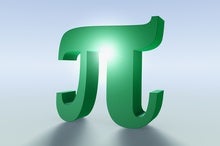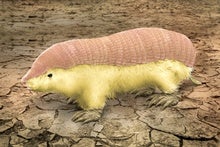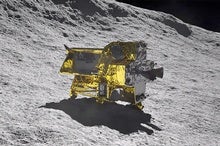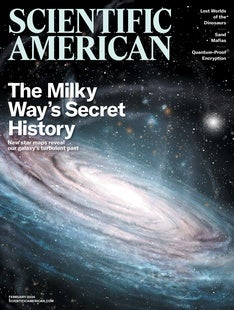 |
| January 26, 2024 |
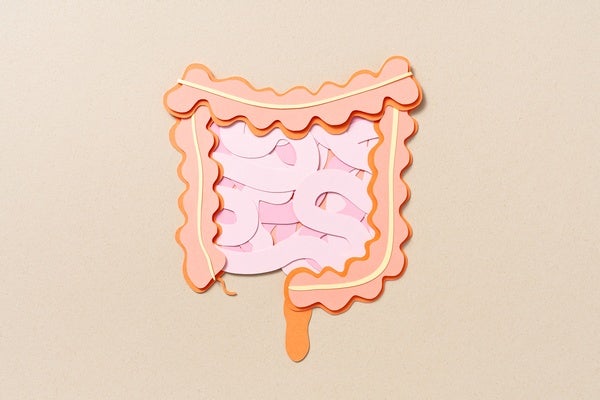 |
| Nutrition Your Body Has Its Own Built-In Ozempic Popular weight-loss and diabetes drugs, such as Ozempic and Wegovy, target metabolic pathways that gut microbes and food molecules already play a key role in regulating By Christopher Damman,The Conversation US | |
| |
| |
| |
| |
| |
| |
| |
| |
| |
| |
| |
BRING SCIENCE HOME
 | | Stick with It--Put Your Duct Tape to the Test! | 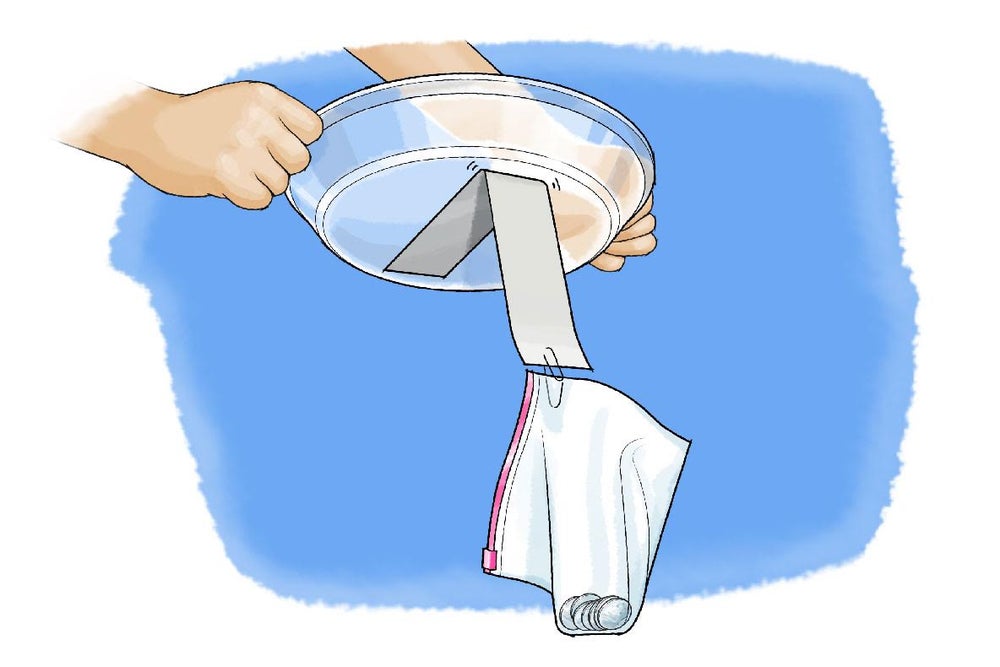 Stick with it! Learn about the sticky forces behind duct tape--and put them to the test! Credit: George Retseck | You might have heard of the Apollo 13 lunar mission or seen the movie about the amazing survival of the spacecraft's crew after an explosion crippled the ship on its journey to the moon. What you might not know is that duct tape helped save the astronauts' lives! After the main ship was disabled by an explosion, NASA had to figure out a way to keep the three crew members alive in a tiny lunar lander that was only meant to hold two people. They instructed the astronauts to build lifesaving air filters using cardboard, plastic bags spacesuit parts and—you guessed it—duct tape! In this activity we're going to explore how duct tape works—and what can make it stop working. | |  | |
LATEST ISSUES
 |
| |
| Questions? Comments?  | |
| Download the Scientific American App |
| |
| |



